A mega water diversion project has so far benefited more than 15 million residents of Beijing, local water authorities said on Tuesday.
The South-to-North Water Diversion Project has transferred over 8.4 billion cubic meters of water from major rivers in the south of the country to the nation's capital over the past eight years, according to the Beijing Water Authority.
Home to more than 21 million people, Beijing has long been troubled by water scarcity. Water from the south has become a major source for the city.
To date, a total of 13 waterworks in Beijing have received water through the project, which has partly alleviated water shortages in the capital city.
In terms of the ecological environment, the proportion of healthy water bodies in Beijing has increased to 87.2 percent. The city has created 44 new watercourses since 2014, with a total length of 852 kilometers.
The South-to-North Water Diversion Project will have three routes once it is completed. The middle route, the most prominent of the three as it feeds water to the nation's capital, starts at the Danjiangkou Reservoir and runs across the Henan and Hebei provinces before reaching Beijing and Tianjin. It began supplying water on Dec. 12, 2014.
The eastern route transfers water from east China's Jiangsu Province to feed areas including Tianjin and Shandong. The western route is in the planning stage and has yet to be built.
So far, the South-to-North Water Diversion Project has diverted 58.6 billion cubic meters of water to arid regions in the north via its middle and eastern routes, benefitting more than 150 million people over the past eight years.








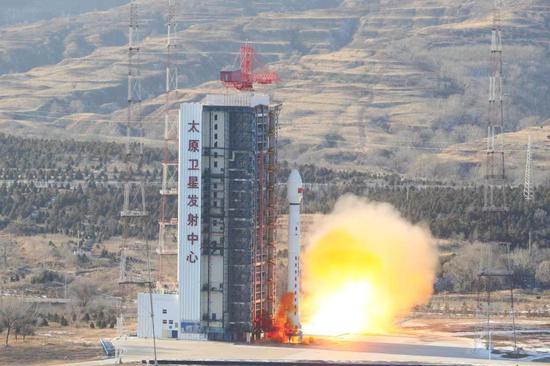

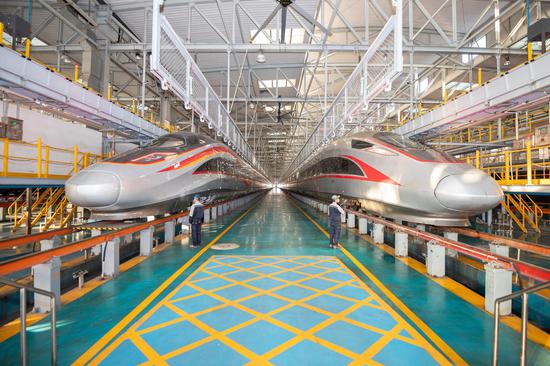




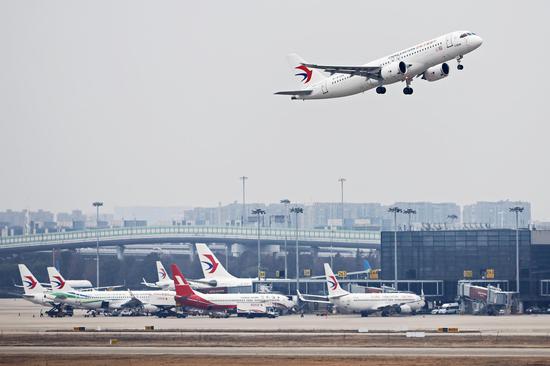
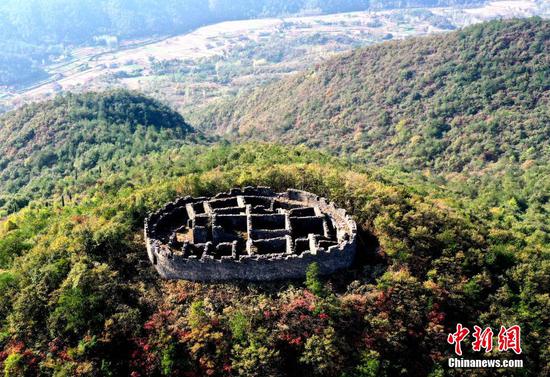
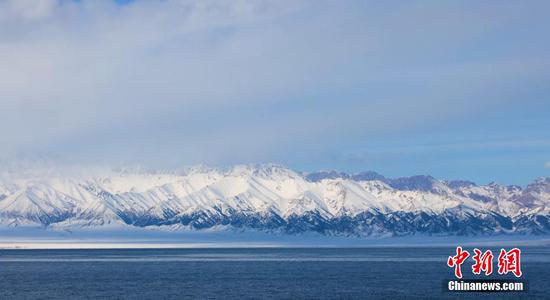
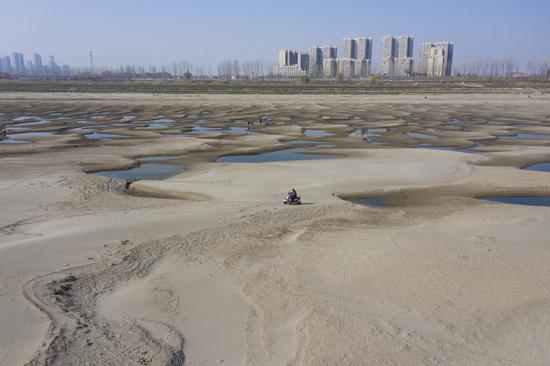
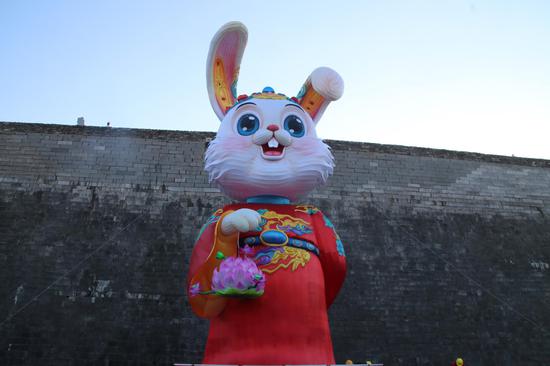



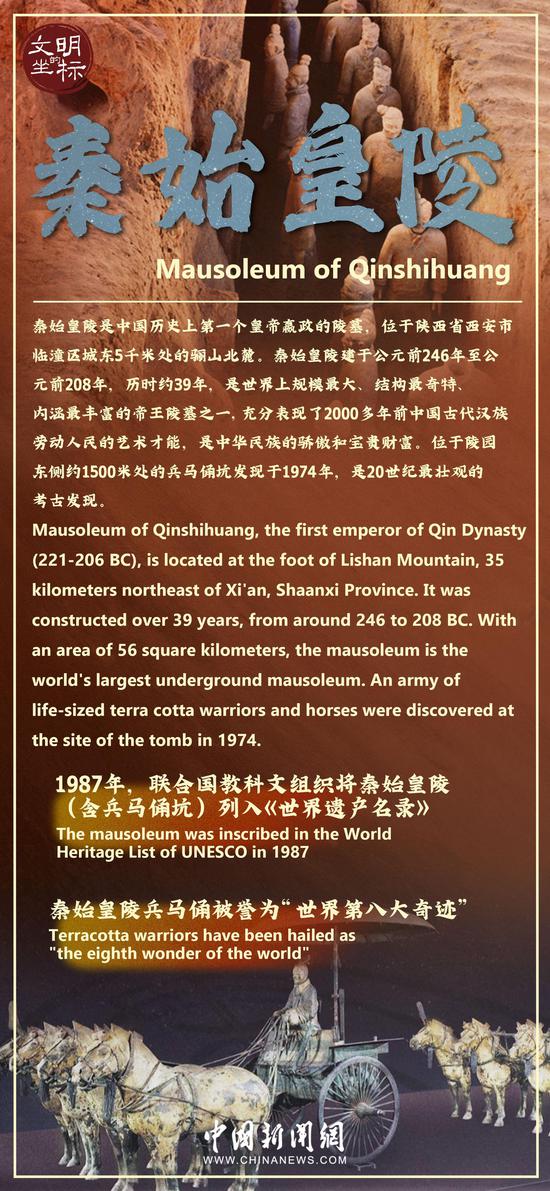
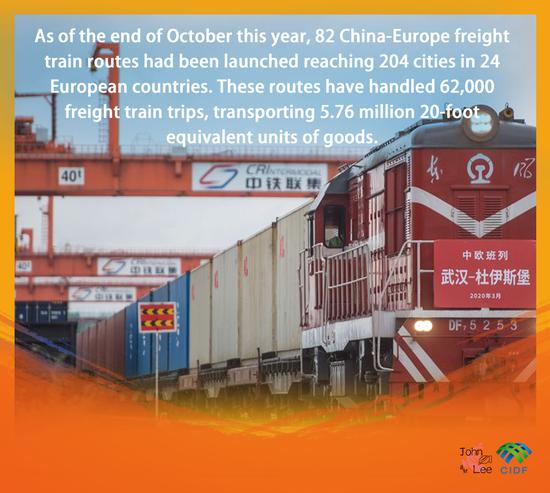







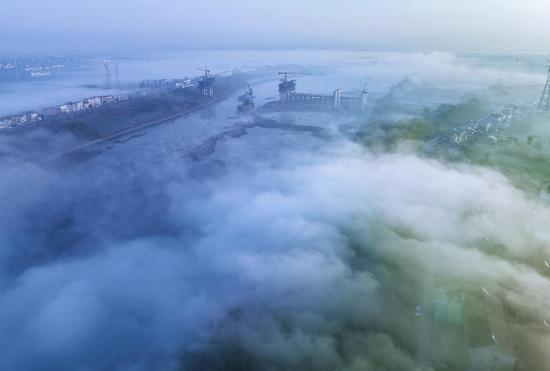
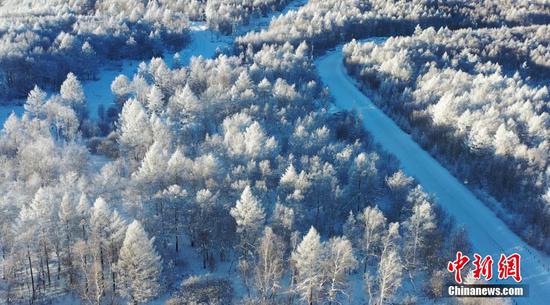
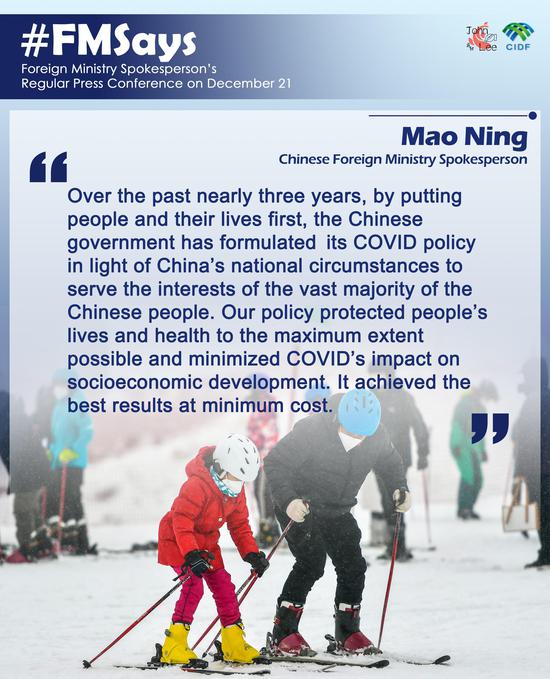
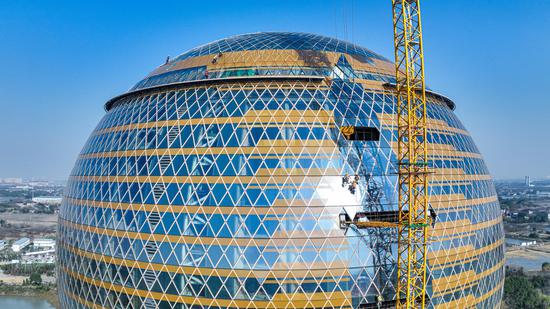






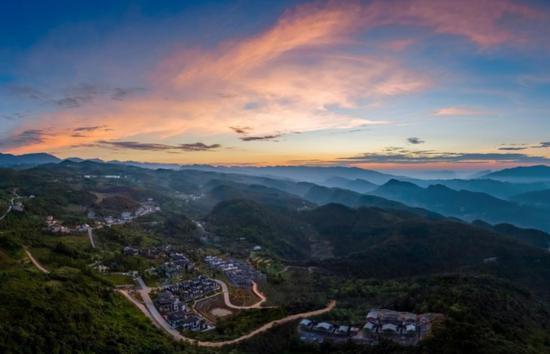
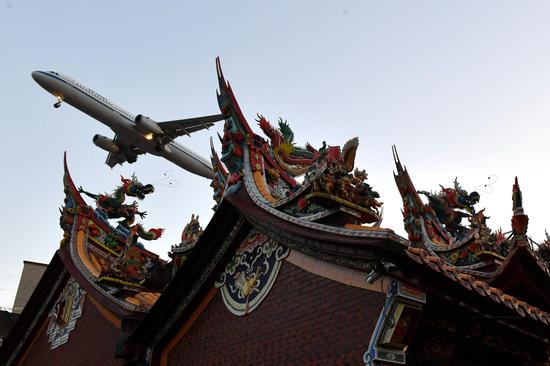
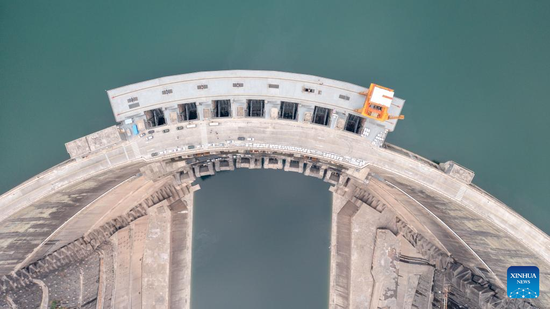

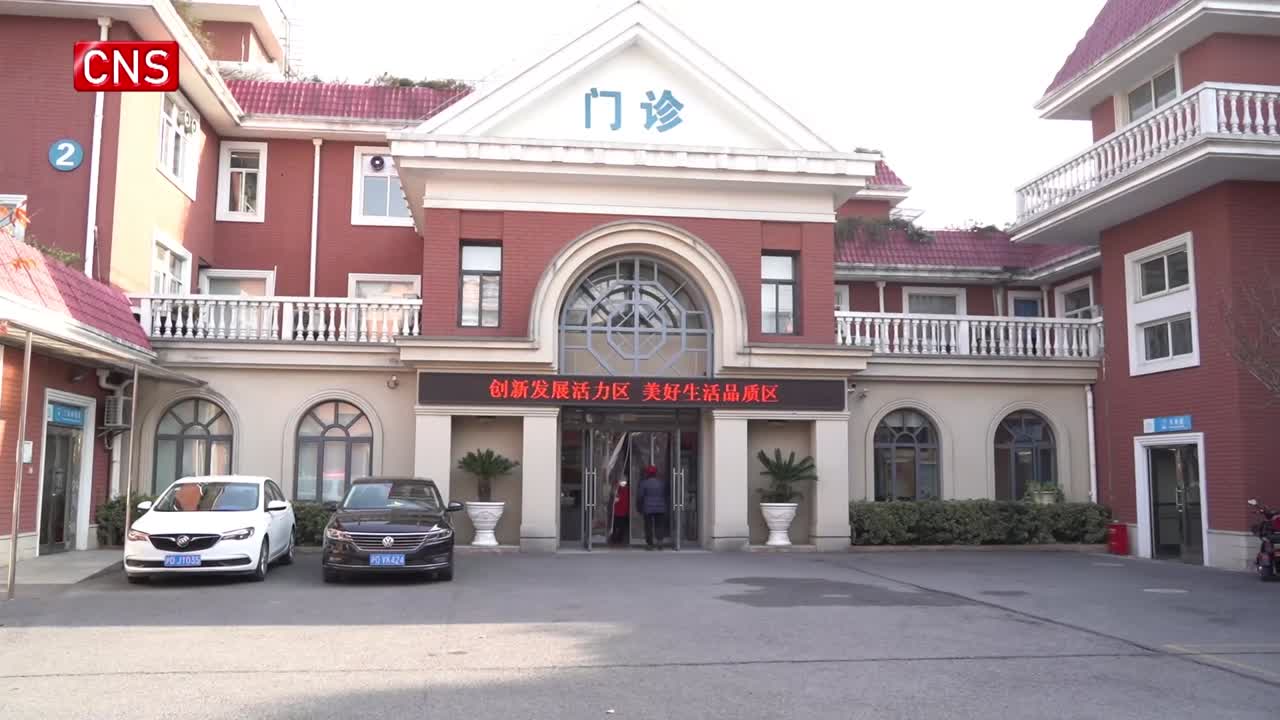



 京公网安备 11010202009201号
京公网安备 11010202009201号